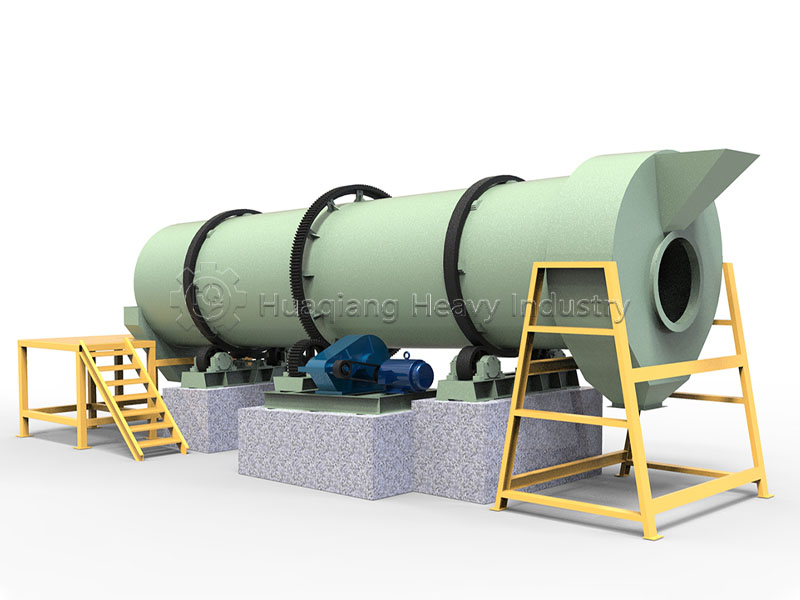Many fertilizer companies switch product categories based on market demand. However, if the compatibility of the fertilizer granulator machine with the fertilizer type is neglected, problems such as reduced granule quality and frequent equipment failures can occur.
For organic fertilizers (including straw and fermented manure), the key requirement is “adaptability to the fiber raw material and avoid entanglement and machine blockage.” Flat die granulators or rotary drum granulators are preferred. The vertical extrusion design of the flat die cuts long fibers, and the trapezoidal, non-slip rollers reduce fiber entanglement. Rotary drum granulators use rolling to form the granules, and the lifting plate evenly lifts the fiber material to avoid localized accumulation.
For compound fertilizers (containing phosphate rock and potassium chloride), the key requirements are “high granule hardness and transport resistance.” The high compression ratio of the ring die granulator allows hard mineral raw materials to be extruded with a compressive strength of over 15N, meeting the requirements of long-distance transportation.

For biofertilizers (containing functional microbial agents), the key principle is “low-temperature granulation to protect the activity of the agents.” A flat die granulator (chamber temperature ≤ 40°C) or a disc granulator (rolling, no high-temperature extrusion) can prevent inactivation of microbial agents.
For slow-release fertilizers (including coating materials), “smooth granules suitable for subsequent coating” are required. The rolling forming method of a rotary drum granulator produces smooth, uniformly sized granules, which prevent the coating from detaching during coating.